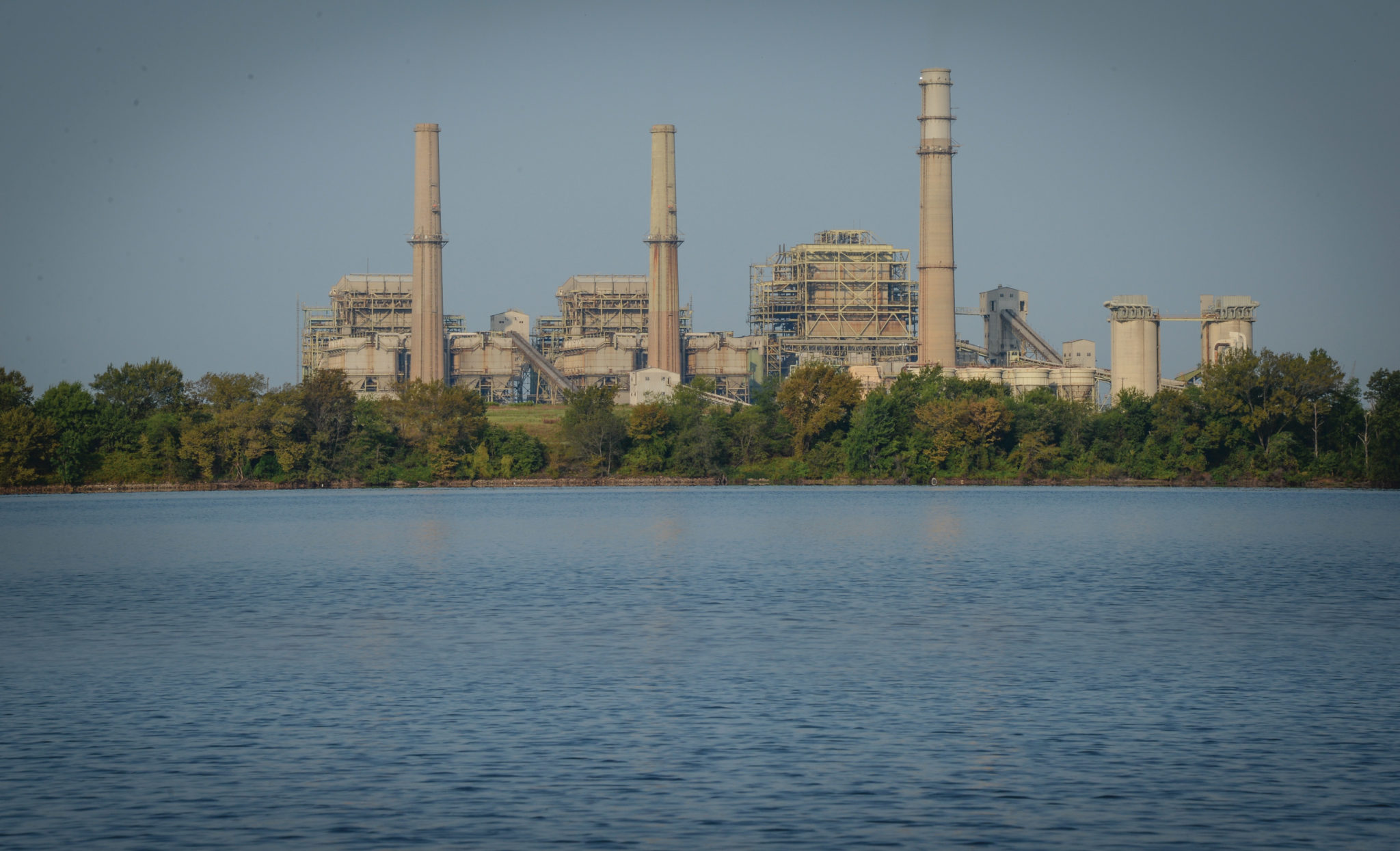
Paxton: ‘No Evidence’ Obama’s Clean Power Plan Will Mitigate Climate Change

On Monday, Texas Attorney General Ken Paxton told reporters and policy wonks there is “no evidence” the Obama administration’s signature carbon pollution rule will affect the climate “in any useful way.” The rule aims to reduce carbon dioxide emissions from power plants, and according to public health and environmental experts, will help curb global temperature rise and improve air quality.
While protecting the environment is “incredibly important,” Paxton said at a panel discussion, he described the rule as “an unprecedented expansion of federal authority” that would destabilize the electric grid and increase electricity costs.
The panel, hosted by the fossil-fuel funded Texas Public Policy Foundation, came ahead of oral arguments Tuesday in the West Virginia-led federal case challenging the Clean Power Plan. Texas and 26 other states and members of the coal and power industry have challenged the rule, arguing that the Environmental Protection Agency is overreaching and that it will ultimately harm both the industry and low-income communities.
The Clean Power Plan — the crown jewel in the Obama administration’s plan to tackle climate change — requires states to reduce carbon dioxide emissions from power plants by 32 percent nationwide by 2030. The rule sets individual carbon dioxide targets for states to meet over the next 14 years by cutting emissions from coal plants, shifting to lower-emitting natural gas plants and investing in renewable energy. It is a crucial piece of the Obama administration’s strategy to meet the carbon emission cuts it promised under the climate change agreement approved last December in Paris. The Paris agreement aims to limit global temperature rise to 2 degrees Celsius — the ceiling that many policymakers and scientists say is necessary to avoid catastrophic effects on people and the planet.
While Paxton and other opponents of the rule have argued that the rule would provide minimal air quality benefits, studies by the EPA have shown the regulation will reduce carbon pollution by 870 million tons in 2030. The EPA and other environmental groups have also found that the plan will provide health and climate benefits worth between $55 billion and $93 billion per year in 2030, reducing asthma attacks in children and leading to a reduction in electricity bills in the long run.
If the plan is upheld, Texas will be required to reduce its carbon emissions by about 34 percent from 2012 levels, which environmentalists and public health advocates describe as a reasonable target. According to a report by the Environmental Defense Fund (EDF), if Texas sticks with already planned investments in renewables, the state should be able to easily reach almost 90 percent of its goal by 2030.
And cheap natural gas and increasingly competitive wind and solar energy will likely push about 10 gigawatts of Texas’ coal-fired power into retirement by 2031. A majority of that power will be replaced by renewable energy, according to the Electric Reliability Council of Texas, the major grid operator in Texas.
The U.S. Supreme Court issued a temporary block on the Clean Power Plan rule earlier this year, which means Texas and other states do not have to work on compliance plans until the multi-state lawsuit is settled.
The case will be heard by all but one judge on the D.C. Circuit Court of Appeals on Tuesday; Judge Merrick Garland has recused himself from the case because of his pending Supreme Court nomination. Regardless of how the D.C. court rules, experts expect the case will eventually be appealed to the Supreme Court.


